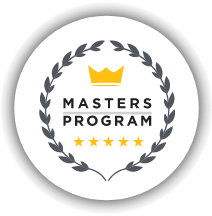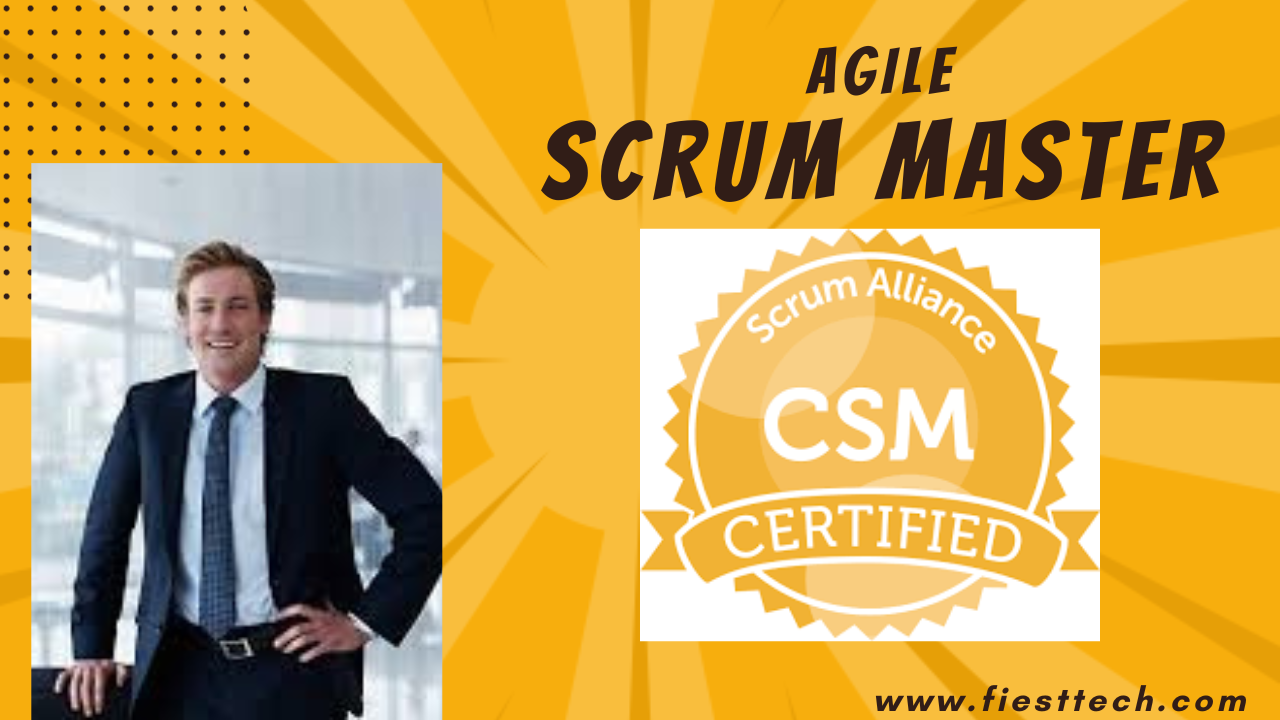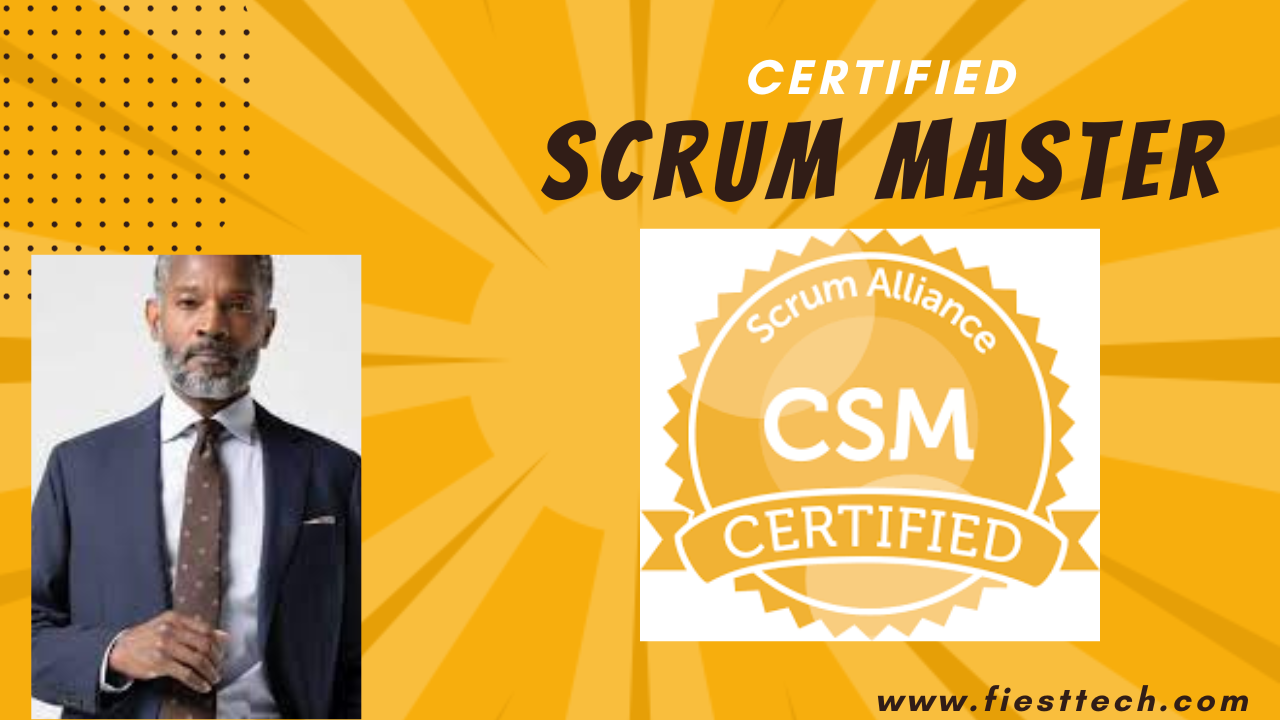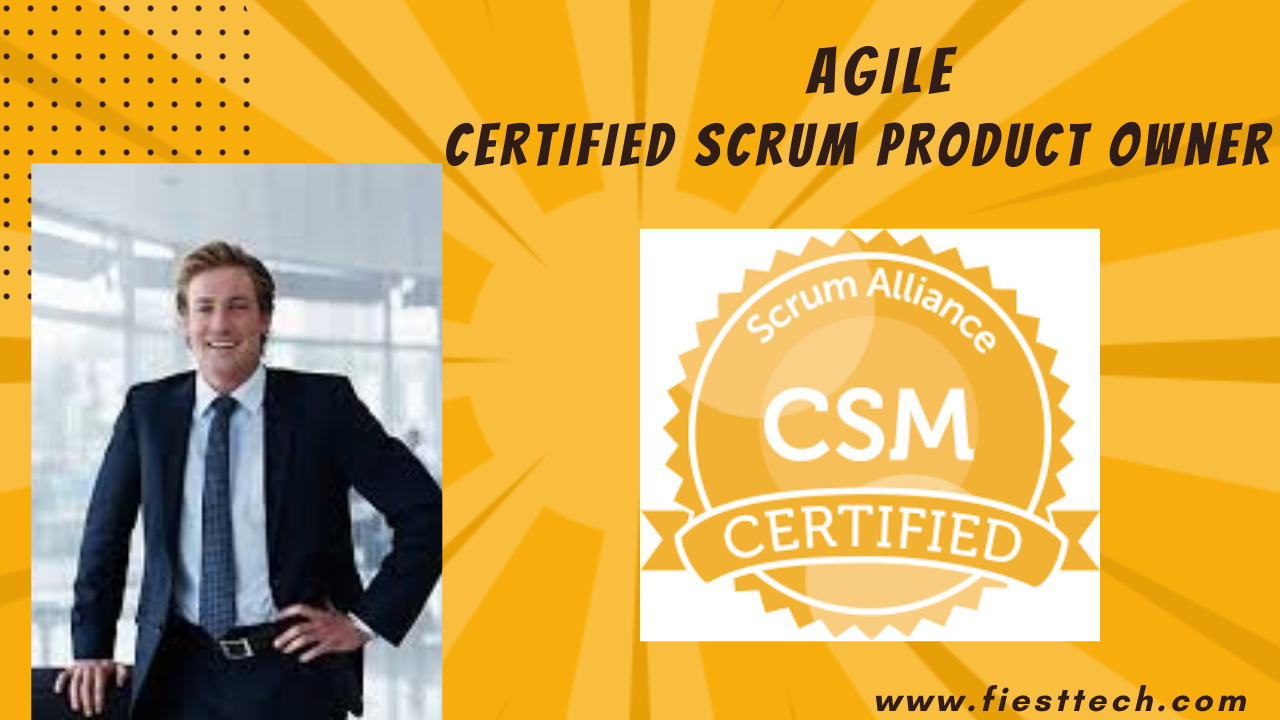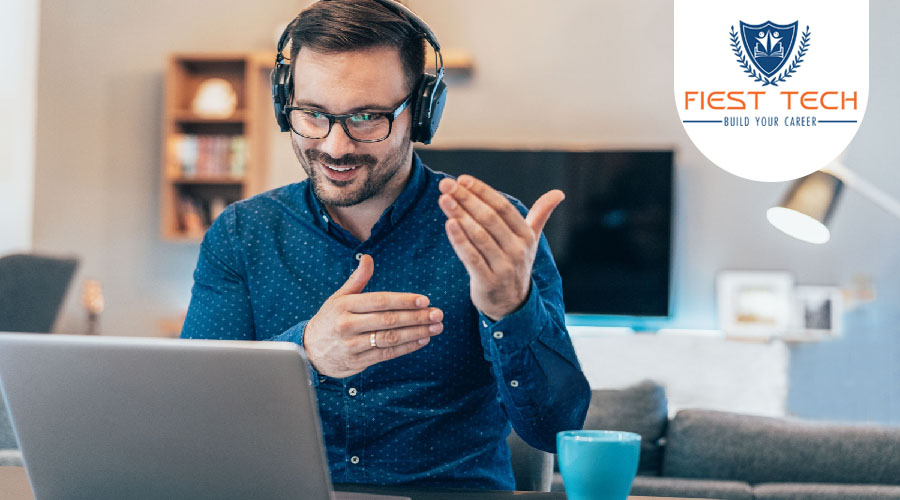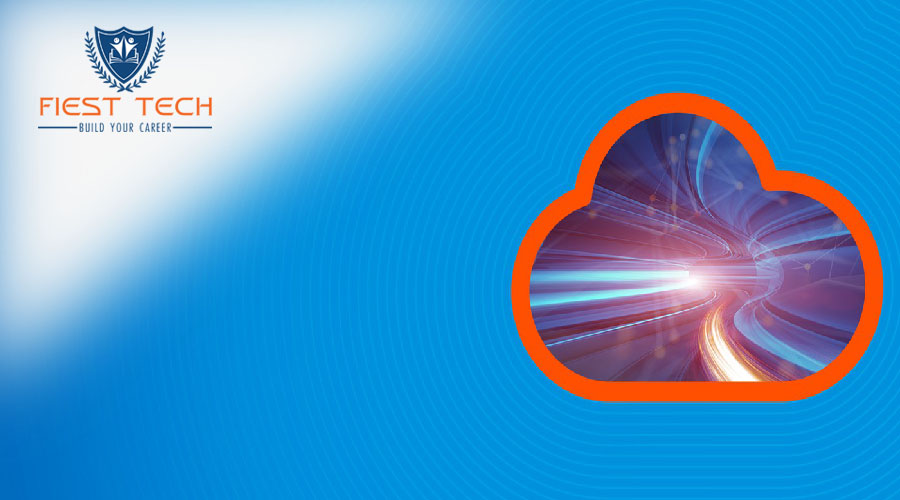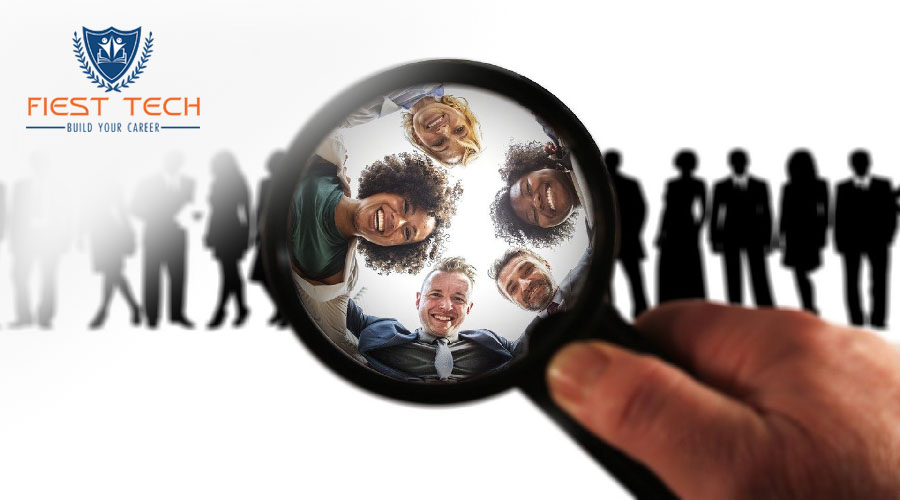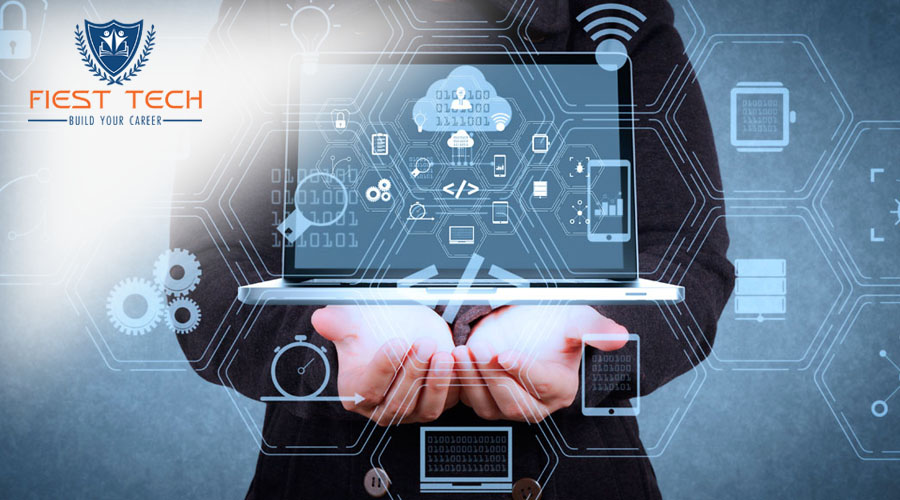CSPO Certification Course Overview
This CSPO certification training will help you learn how to improve product value by speeding the delivery of product features, lead scrum teams, effectively communicate what you want your product to do, and maximize project ROI. It is the ideal course package for every aspiring professional who wants to pursue a career in project management.
The CSPO certification course covers Scrum basics, including the Scrum framework, roles (including the Product Owner role), events, and artifacts. It helps candidates understand how the Product Owner fits into the Scrum ecosystem.
Certified Scrum Product Owner Training Key Features
At Fiesttech, we value the trust of our patrons immensely. But, if you feel that this Certified Scrum Product Owner Training does not meet your expectations, we offer a 7-day money-back guarantee. Just send us a refund request via email within 7 days of purchase and we will refund 100% of your payment, no questions asked!
- 2 days classroom training
- 2 Days of Online Virtual Class
- Exercises to get hands-on Scrum practices
- CSPO® included and 16 PDUs & 16 SEUs offered
- Training conducted by experienced CSTs
- Complimentary access to 15 courses*
Skills Covered
- Scrum and Agile Framework
- Release management
- Product Vision
- Stakeholder Communication
- User Story Writing
- Prioritization
- Release Planning
- Backlog Management
- Customer Feedback
- Acceptance Criteria
- Risk Management
- Market Analysis
- Leadership skills to manage agile teams
Benefits
The median salary of a CSPO professional is $105,000 a year, according to recent surveys by payscale.com. The demand for CSPO professionals continues to increase and Fortune 500 companies are continually hiring CSPO professionals. The certification signifies specialized knowledge and expertise in agile product ownership, making you a sought-after candidate for roles that require product management and backlog management skills.
Annual Salary
Hiring Companies

Annual Salary
Hiring Companies

Annual Salary
Hiring Companies
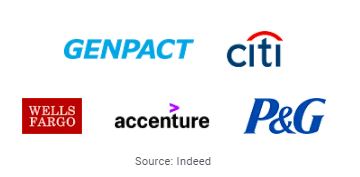
Annual Salary
Hiring Companies
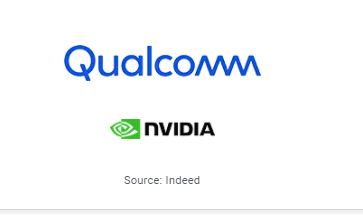
GO AT YOUR OWN PACE
Training Options
Explore all of our training options and pick your suitable ones to enroll and start learning with us! We ensure that you will never regret it!
APPLY
Who Can Apply
- Engineering Students and Recently Graduate Candidates
- Software Developers
- Business Analysts
- Automation Engineers
- Solution Architects
- Quality Analysts
- Project Managers
.png)
CSPO Certification Course Curriculum
Eligibility
Taking the Certified Scrum Product Owner training and obtaining the CSPO certification can be particularly useful for members of scrum teams, managers of scrum teams, teams transitioning to scrum, and professionals who want to pursue the professional Scrum Master certification. CSPO training and certification do not have specific formal education requirements. Individuals from various educational backgrounds are eligible to attend the training.
Pre-requisites
There are no prerequisites for pursuing the CSPO certification. Any professional interested in getting Scrum certified can attend the CSPO training course. To become eligible for CSPO certification, individuals must attend a two-day CSPO training course conducted by a Certified Scrum Trainer (CST). Attending the training is the primary requirement for certification eligibility.
Course Content
Live Course
Self Paced
-
3.01 - 1.001 Introduction to Service Management Lifecycle
01:12 -
3.02 - 1.002 Principles of IT Service Management
00:34 -
3.03 - 1.003 Objectives
02:11 -
3.04 - 1.004 IT Service Management Best Practices
01:34 -
3.05 - 1.005 Public and Proprietary Practices
01:26 -
3.06 - 1.006 Knowledge Check
00:34 -
3.07 - 1.007 Service Introduction
00:32 -
3.08 - 1.008 Service Management
01:21 -
3.09 - 1.009 Service Management Practice
02:32 -
3.10 - 1.010 Challenges in Service Management
01:12 -
3.11 - 1.011 Benefits of IT Service Management
02:32 -
3.12 - 1.012 Stakeholders in Service Management
00:43 -
3.13 - 1.013 Internal and External Customers
01:26 -
3.14 - 1.014 Internal and External Services
00:54 -
3.15 - 1.015 Process
02.11 -
3.16 - 1.016 Process Characteristics
00:54 -
3.17 - 1.017 Functions Related to Service Management
01:34 -
3.18 - 1.018 How Processes and Functions Operate
03:32 -
3.19 - 1.019 Roles in Service Management
01:26 -
3.20 - 1.020 RACI Model
01:12 -
3.21 - 1.021 RACI Model (contd.)
02.11 -
3.22 - 1.022 Types of Service Providers
01:21 -
3.23 - 1.023 Supplier and Legal Agreements
02:11 -
3.24 - 1.024 Knowledge Check
00:43 -
3.25 - 1.025 Summary
01:34
-
9.01 - 4.001 Introduction to Service Strategy
01:34 -
9.02 - 4.002 Service Strategy
02:32 -
9.03 - 4.003 Objectives
01:21 -
9.04 - 4.004 Service Strategy Overview
00:54 -
9.05 - 4.005 Service Strategy Processes
02:32 -
9.06 - 4.006 Types of Services
01:12 -
9.07 - 4.007 Service Strategy Customers and Users
01:21 -
9.08 - 4.008 KNOWLEDGE CHECK
01:21 -
9.09 - 4.009 Summary
00:54
-
11.01 - 5.001 Service Strategy Concepts
00:21 -
11.02 - 5.001 Service Strategy Concepts
00:34 -
11.03 - 5.002 Objectives
00:43 -
11.04 - 5.003 Service Utility and Warranty
01:21 -
11.05 - 5.004 Service Utility and Warranty (contd.)
00:32 -
11.06 - 5.005 Service Assets
01:12 -
11.07 - 5.006 KNOWLEDGE CHECK
00:54 -
11.08 - 5.007 Value Creation
00:46 -
11.09 - 5.008 Value Creation (contd.)
01:21 -
11.10 - 5.008 Value Creation (contd.) v1
02:32 -
11.11 - 5.009 Factors that Influence Customer Perception of Value
01:12 -
11.12 - 5.010 Customer Perception of Value
00:34 -
11.13 - 5.011 Business Outcomes
01:21 -
11.14 - 5.012 Business Outcomes (contd.)
01:12 -
11.15 - 5.014 Service Packages (contd.)
01:21 -
11.16 - 5.015 Business Case and Its Uses
02:32 -
11.17 - 5.017 Risk
01:12 -
11.18 - 5.018 Service Management Technology and Automation
03:32 -
11.19 - 5.019 Automation Benefits
00:43 -
11.20 - 5.020 Service Management Tools
01:12 -
11.21 - 5.021 Summary
00:54
-
12.01 - 6.001 Service Strategy Processes
01:12 -
12.02 - 6.002 Objectives
00:32 -
12.03 - 6.003 Demand Management Overview
00:54 -
12.04 - 6.004 Managing Demand for Services
01:35 -
12.05 - 6.005 PBA and UP
00:54 -
12.06 - 6.006 PBA and UP (contd.)
01:21 -
12.07 - 6.007 Service Portfolio Management Introduction
01:12 -
12.08 - 6.008 Service Portfolio Management Overview
00:34 -
12.09 - 6.009 Service Portfolio Components
00:54 -
12.10 - 6.010 Service Portfolio Management Process
00:34 -
12.11 - 6.011 Financial Management Overview
00:32 -
12.12 - 6.012 Financial Management Activities
00:46 -
12.13 - 6.013 Financial Management Benefits
01:12 -
12.14 - 6.014 KNOWLEDGE CHECK
00:25 -
12.15 - 6.015 Business Relationship Management Overview
00:25 -
12.16 - 6.016 BRM External and Internal Service Providers
01:21 -
12.17 - 6.017 Business Relationship Manager Responsibilities
01:12 -
12.18 - 6.018 Summary
00:25
-
14.01 - 8.001 Introduction to Service Design
01:21 -
14.02 - 8.002 Introduction to Service Design
00:46 -
14.03 - 8.003 Objectives
00:54 -
14.04 - 8.004 Service Design Overview
01:21 -
14.05 - 8.005 Roles in Service Design
01:21 -
14.06 - 8.006 Roles in Service Design (contd.)
02:32 -
14.07 - 8.007 Summary
00:54
-
16.01 - 10.001 Service Design Processes
01:34 -
16.02 - 10.002 Objectives
00:34 -
16.03 - 10.003 Service Catalogue Management Overview
01:34 -
16.04 - 10.004 Service Catalogue Management Two View Structure
01:26 -
16.05 - 10.004 Service Catalogue Management Two View Structure
01:26 -
16.06 - 10.005 Service Catalogue Management Three View Structure
02:32 -
16.07 - 10.006 Service Catalogue Management Three View Structure (contd.)
01:12 -
16.08 - 10.007 Role of Service Catalogue Manager
02.11 -
16.09 - 10.008 Service Level Management Overview
03:43 -
16.10 - 10.009 Service Level Management Process Activities
01:35 -
16.11 - 10.010 Service Level Management Key Terms
02:43 -
16.12 - 10.011 Relationship between Service Catalogues and Agreements
00:46 -
16.13 - .10.012 Service Level Management Designing Sla Structures
01:32 -
16.14 - 10.013 Service Level Management Designing Sla Structures (contd.)
00:34 -
16.15 - 10.014 Content Of An Sla
01:12 -
16.16 - 10.015 Service Level Management service Review
00:34 -
16.17 - 10.016 Service Improvement Program
01:35 -
16.18 - 10.017 Interfaces To Service Level Management
02:43 -
16.19 - 10.018 Service Level Management Vs. Business Relationship Management
01:12 -
16.20 - 10.019 Supplier Management Overview
00:43 -
16.21 - 10.020 Supplier And Contract Management Information System
01:26 -
16.22 - 10.021 Supplier Management And Service Level Management
03:21 -
16.23 - 10.022 Supplier Categorisation
00:43 -
16.24 - 10.023 Role Of Supplier Manager
01:12 -
16.25 - 10.024 Capacity Management Overview
01:34 -
16.26 - 10.025 Capacity Management Process Activities
00:46 -
16.27 - 10.025 Capacity Management Process Activities v1
01:26 -
16.28 - 10.026 Sub Processes in Capacity Management
02.11 -
16.29 - 10.027 Capacity Management Capacity Plan
01:12 -
16.30 - 10.028 Availability Management Overview
00:46 -
16.31 - 10.029 Availability Management Key Terms
01:32 -
16.32 - 10.030 Availability Management Expanded Incident Lifecycle
00:54 -
16.33 - 10.031 Concepts Related To Expanded Incident Lifecycle
01:26 -
16.34 - 10.032 IT Service Continuity Management Overview
00:32 -
16.35 - 10.033 IT Service Continuity Management Key Terms
00:54 -
16.36 - 10.034 IT Service Continuity Management lifecycle Activities
01:21 -
16.37 - 10.035 Information Security Management Overview
00:54 -
16.38 - 10.036 Information Security Framework
02:35 -
16.39 - 10.037 IT Security Policy v1
01:35 -
16.40 - 10.038 Information Security Management System
02:43 -
16.41 - 10.039 Design Coordination Overview
00:25 -
16.42 - 10.040 Design Coordination And Governance
01:26 -
16.43 - 10.041 Summary
00:46
-
19.01 - 13.001 Service Transition Processes
00:12 -
19.02 - 13.002 Objectives
00:25 -
19.03 - 13.003 Introduction to Service Transition Processes
00:54 -
19.04 - 13.004 Transition Planning and Support
01:26 -
19.05 - 13.005 Introduction to Change Management
01:34 -
19.06 - 13.006 Change Management Overview
00:43 -
19.07 - 13.007 Change Model
01:21 -
19.08 - 13.008 Types of Change
01:26 -
19.09 - 13.009 Key Terminologies
00:46 -
19.10 - 13.0010 Change Proposal
00:32 -
19.11 - 13.011 Change Management Process Change Flow
01:12 -
19.12 - 13.0012 Change Advisory Board
01:12 -
19.13 - 13.0013 Change Manager Responsibilities
01:21 -
19.14 - 13.0014 7 Rs of Change Management
01:12 -
19.15 - 13.0015 Change Metrics
00:34 -
19.16 - 13.0016 Key Challenges in Change Management
00:32 -
19.17 - 13.017 Service Asset and Configuration Management
01:34 -
19.18 - 13.018 Knowledge Check
00:43 -
19.19 - 13.019 Configuration Baseline and Database
02:32 -
19.20 - 13.0020 Definitive Media Library
01:32 -
19.21 - 13.0021 CMDB and DML
01:12 -
19.22 - 13.0022 Secure Library and Secure Stores
01:21 -
19.23 - 13.0023 SACM Logical Model
02:32 -
19.24 - 13.0024 Relationship between CMDB, CMS and SKMS
01:34 -
19.25 - 13.0025 Introduction to Release and Deployment Management
01:26 -
19.26 - 13.026 Release and Deployment Management Overview
00:43 -
19.27 - 13.0027 Release Policy
00:25 -
19.28 - 13.0028 Types of Releases
01:12 -
19.29 - 13.0029 Release and Deployment Approaches
00:34 -
19.30 - 13.030 RDM Phases
00:34 -
19.31 - 13.0031 Introduction to Knowledge Management
00:46 -
19.32 - 13.032 Knowledge Management Overview
00:32 -
19.33 - 13.0033 Data Information Knowledge Wisdom
01:35 -
19.34 - 13.0034 Summary
00:32
-
21.01 - 15.001 Service Operation
00:25 -
21.02 - 15.002 Introduction to Service Operations
00:32 -
21.03 - 15.004 Service Operations Overview
00:54 -
21.04 - 15.005 Role of Communication
00:54 -
21.05 - 15.006 Types of Communication
01:12 -
21.06 - 15.007 Events
01:26 -
21.07 - 15.008 Alerts and Incidents
01:34 -
21.08 - 15.009 Problems and Workarounds
00:43 -
21.09 - 15.010 Known Error and Known Error Database
01:35 -
21.10 - 15.011 Priority
02.11 -
21.11 - 15.012 Summary
00:54
-
22.01 - 16.001 Service Operations Processes
01:21 -
22.02 - 16.002 Objectives
00:34 -
22.03 - 16.003 Event Management Overview
00:32 -
22.04 - 16.004 Event Management Process Activities
00:54 -
22.05 - 16.005 Event Logging and Filtering
02:35 -
22.06 - 16.006 Manage Exceptional Events
00:54 -
22.07 - 16.007 Manage Informational and Warning Events
01:21 -
22.08 - 16.008 Knowledge Check
00:54 -
22.09 - 16.009 Incident Management Overview
00:43 -
22.10 - 16.010 Incident Management Basic Concepts
01:34 -
22.11 - 16.011 Incident Management Process Flow
02.11 -
22.12 - 16.012 Process Interfaces
02:43 -
22.13 - 16.013 Problem Management Overview
00:34 -
22.14 - 16.014 Types of Problem Management Processes
01:35 -
22.15 - 16.015 Reactive Problem Management Process Flow
04:22 -
22.16 - 16.016 Problem Management Interface with Other Processes
01:26 -
22.17 - 16.017 Request Fulfillment Overview
00:34 -
22.18 - 16.018 Service Request
01:26 -
22.19 - 16.019 Access Management Overview
00:43 -
22.20 - 16.020 Summary
00:32
-
23.01 - 17.001 Functions
00:46 -
23.02 - 17.002 Objectives
00:32 -
23.03 - 17.003 Service Desk Overview
00:25 -
23.04 - 17.004 Local Service Desk
01:21 -
23.05 - 17.005 Centralised Service Desk
01:34 -
23.06 - 17.006 Virtual Service Desk
01:12 -
23.07 - 17.007 Follow The Sun Service Desk
01:12 -
23.08 - 17.008 Specialised Service Desk
01:34 -
23.09 - 17.009 Service Desk Staffing
00:43 -
23.10 - 17.010 Service Desk Skills Required
00:54 -
23.11 - 17.011 Service Desk Metrics
02:35 -
23.12 - 17.012 Technical Management Overview
00:54 -
23.13 - 17.013 Application Management Overview
01:12 -
23.14 - 17.014 Application Management vs. Application Development
04:34 -
23.15 - 17.015 IT Operations Management Overview
02.11 -
23.16 - 17.016 Summary
00:25
-
26.01 - 20.001 Key Principles and Models
01:21 -
26.02 - 20.002 Objectives
00:46 -
26.03 - 20.003 CSI and Organisational Change
00:25 -
26.04 - 20.004 CSI Register
00:25 -
26.05 - 20.005 Service Measurement
00:32 -
26.06 - 20.006 CSI Monitor and Measure
01:34 -
26.07 - 20.007 Types of Metrics
01:32 -
26.08 - 20.008 CSI Measurement and Metrics
02:43 -
26.09 - 20.009 CSF and KPI Examples
01:12 -
26.10 - 20.010 CSI PDCA Deming Cycle
03:31 -
26.11 - 20.011 Seven-Step Improvement Process Overview
00:54 -
26.12 - 20.012 Seven-Step Improvement Process Scope
01:34 -
26.13 - 20.013 Seven-Step DIKW Model
02:35 -
26.14 - 20.014 CSI Model
01:21 -
26.15 - 20.015 Summary
01:21
-
30.01 - 24.001.Introduction
01:32 -
30.02 - 24.002.Service Management As Practice
00:43 -
30.03 - 24.003.Service Strategy
01:21 -
30.04 - 24.004.Service Design
01:32 -
30.05 - 24.005.Service Transition
01:21 -
30.06 - 24.006.Service Operation
00:43 -
30.07 - 24.007.Continues Service Improvement
01:21 -
30.08 - 24.008.Service Desk
01:12 -
30.09 - 24.009.Tricky Question
00:46 -
30.10 - 24.010.Time Management
00:34 -
30.11 - 24.011.Other Roles
01:35

Certified Scrum Product Owner Training Exam & Certification
Participating in the CSPO Certification program allows a person to become a Certified Scrum Product Owner. Fiest Tech provides a perfect training package for any aspiring professional interested in a career in project management. In general, it is a two-day course, and their CSPO certification course is designed to help you get certified on the first attempt.
There are no set eligibility requirements for the CSPO certification. Any professional interested in attaining Scrum certification may attend the CSPO training course.
CSPO certification is offered by Scrum Alliance. Scrum Alliance is a non-profit membership organization that supports the adoption and effective use of Scrum.
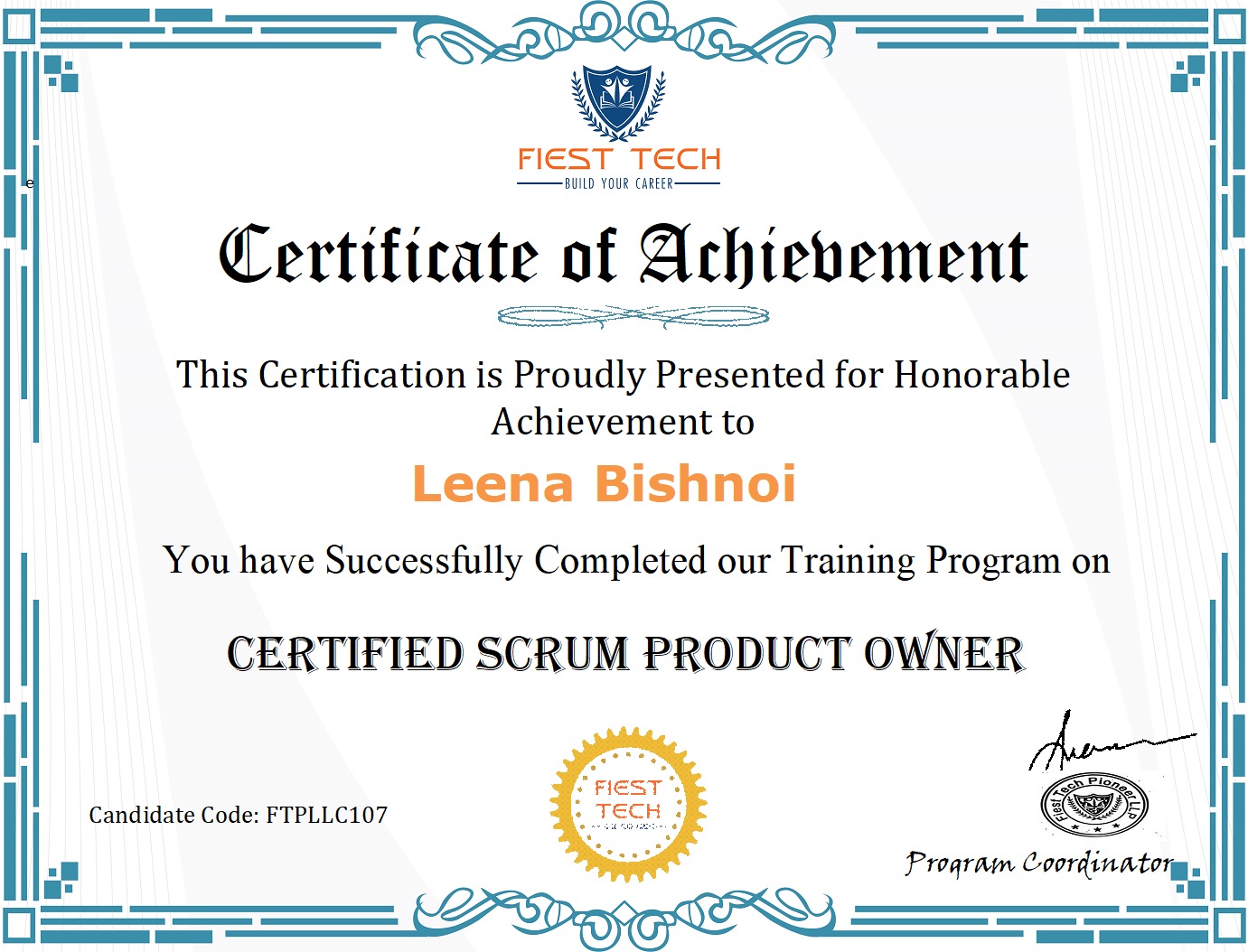
FAQS
Certified Scrum Product Owner Training Course FAQs
As defined by the Scrum Alliance, a Certified Scrum Product Owner (CSPO) is someone who has been taught by a Certified Scrum Trainer about the Scrum terminology, practices, and principles that will enable them to fulfill the role of Scrum Product Owner.
Taking a CSPO course is a first step on the path to becoming a product owner. Experience and continuing education are necessary for someone to become a product owner
No, we do not provide transportation or refreshments with the training.
The training will be conducted in a virtual classroom mode.
Payments can be made using any of the following options. You will be emailed a receipt after the payment is made.
- Visa
- Credit or Debit Card
- MasterCard
- American Express
- Diner’s Club
- PayPal
Pursuing a career as a Product Owner is an advantageous option, with more firms adopting the Scrum Framework than ever before. Furthermore, the exposure will enable individuals to handle business requirements better and grasp the art of precise decision-making. Although numerous roles contribute to the team's effectiveness, the Scrum Product Owner is crucial. Earning a CSPO certification increases the likelihood of better-using tools and techniques, making one a more efficient product owner and broadening one's prospects.
Although the Product Owner role is sometimes regarded as the most demanding in Scrum, becoming a Certified Scrum Product Owner (CSPO) is quite simple. Before becoming a Certified Scrum Product Owner, you must first become familiar with Scrum, and enrolling in the CSPO course is the easiest way to accomplish this.
Scrum is a lightweight framework that assists individuals, teams, and organizations in creating value by providing adaptive solutions to complex issues. Scrum ensures that time and money are both to be spent wisely. Because they are in charge of providing resources to the team, the Product Owner (PO) frequently takes the lead. Aspirants who want to advance in their careers should take the CSPO course.
There is no evaluation or exam. On completion of the training, you will be certified as a Product Owner.
A Certified Scrum Trainer (CST) is a senior individual within the Scrum community who has attained Certified Scrum Trainer status through the Scrum Alliance. Stringent certification requirements are imposed on those earning their CST’s; all must be active contributors in the Scrum community, typically co-train with multiple other CST’s for knowledge transfer, and demonstrate a keen understanding of Scrum through multiple years of successful application in professional environments. Fiest Tech trainers go one step further; all of our CST’s have both technical and business backgrounds, and derive successful training expertise from hundreds of client-site coaching engagements.
A career as a Certified Scrum Product Owner offers good pay and various advantages and job options. According to PayScale and Glassdoor data, the typical salary for a CSPO professional is as follows:
- India: 1m
- US: $87,544
- Canada: CA$86,935
- Australia: A$1,30,000
- United Kingdom: £52,505
Fiest Tech's CSPO training is the appropriate course program for individuals who want to step into a lucrative career in project management. Scrum books are vital for Scrum masters who are just starting.
- Agile Software Development with Scrum (written by Mike Beedle and Ken Schwaber)
- Scrum – A Pocket Guide (written by Gunther Verheyen)
- The Scrum Guide (written by Ken Schwaber and Jeff Sutherland)
- Scrum Field Guide (written by Mitch Lacey)
You will be well-molded into a Product Owner if you have the necessary market knowledge, communication, problem-solving skills, and, most significantly, the agility to quickly settle any disputes. The Scrum Alliance's CSPO certification will demonstrate the candidate's experience in Scrum, an agile methodology that enables collaborative and cross-functional teams to deliver projects in incremental parts.
Scrum Product Owners provide expert views and make decisions that are critical to the success of a project. Furthermore, they are in charge of working on the project from its initial phases to the end of its lifecycle. As a result, they must prioritize, manage, and execute numerous processes. Take a CSPO certification course to become a good product owner and expose yourself to a plethora of rich employment opportunities.
Companies are actively looking for competent Agile experts to handle their projects, and hence there is a significant demand for CSPO jobs right now. Furthermore, anyone can enroll in the CSPO certification program to become an Agile Professional. It is, however, better suited to those working in the following fields: Product Analyst, Release Engineer, Scrum or Agile Coach, Software Development Manager, Senior Software Project Manager, and Technical Program Manager. After having sufficient experience, one can also be qualified to become a CEO.
The CSPO certification is widely recognized and has demonstrated its worth in a variety of industries. It assists certified professionals in obtaining a raise and a higher employment role. The CSPO certification elevates the value of certified individuals who understand the scrum framework and the inner workings of a business. Fiest Tech's CSPO training is a two-day classroom course taught by experts with over ten years of experience working with and implementing Scrum.
Certified Scrum Product Owner® is a certification training that allows students to have a similar learning experience that is high in energy and interaction. Through exercises, talks, and case studies, beginners will learn the principles of Scrum and the roles of the Product Owner throughout the CSPO course. The CSPO training will validate your Scrum knowledge and prepare you to deliver projects in incremental phases.
Related Programs
Agile and Scrum Related Programs

